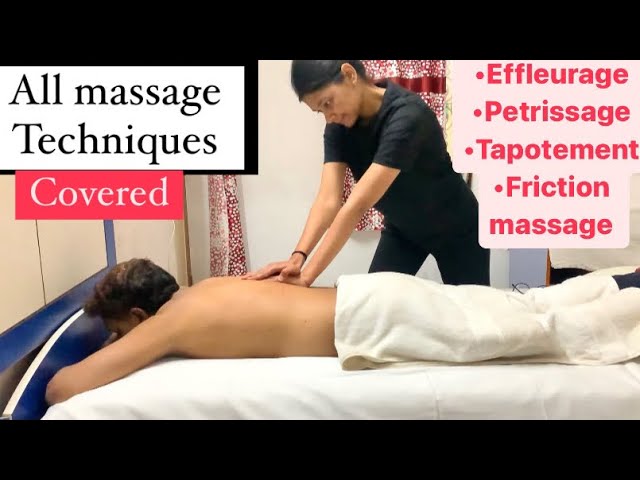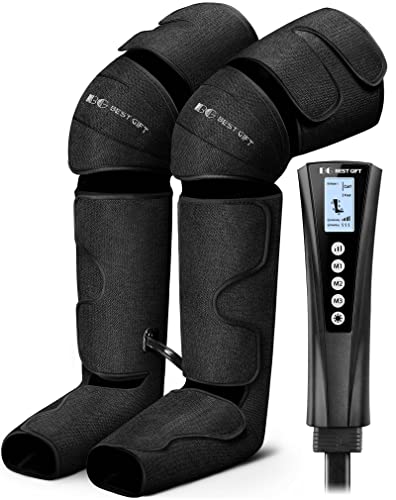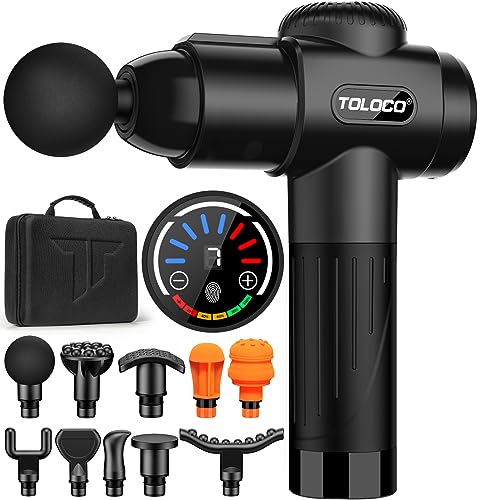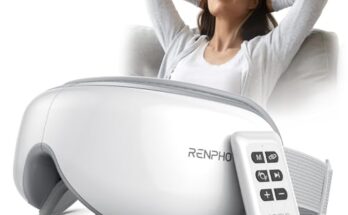Effleurage involves long, gliding strokes, while Petrissage uses kneading, and Tapotement includes rhythmic tapping. These techniques vary in pressure, motion, and purpose.
Massage therapy incorporates various techniques to promote relaxation and muscle health. Effleurage uses gentle, sweeping motions to warm up muscles and improve circulation. Petrissage involves deeper, kneading movements to release tension and enhance tissue elasticity. Tapotement, characterized by rhythmic tapping, aims to stimulate muscles and increase blood flow.
Each technique serves a unique purpose and can be tailored to individual needs. Understanding these methods helps in selecting the most suitable massage for specific conditions. Choosing the right technique can lead to more effective and enjoyable massage experiences.

Credit: www.facebook.com
Effleurage
Effleurage is a fundamental massage technique that involves gentle gliding strokes on the skin.
Definition And Purpose
Effleurage is a light and rhythmic stroking movement used in massage therapy.
Technique Description
In Effleurage, the therapist uses long and flowing strokes with their palms or fingertips.

Credit: www.time-to-run.com
Petrissage
Petrissage involves kneading and squeezing muscles to improve circulation and muscle tone. It contrasts with Effleurage’s long, gliding strokes and Tapotement’s rhythmic tapping motions.
Definition And Purpose
Petrissage is a massage technique involving kneading and squeezing muscles. It aims to improve circulation and relieve muscle tension.Technique Description
Petrissage technique involves firmly grasping the muscle and kneading in a rhythmic motion. This helps to release tension and increase blood flow. For petrissage, the therapist uses both hands to lift and squeeze the muscle gently. The movement is like kneading dough. The pressure applied during petrissage can be adjusted based on the client’s comfort level. It’s commonly used in deep-tissue massages. The repetitive motion of petrissage helps to break down knots and adhesions in the muscles. It can also promote relaxation and reduce stress levels.Tapotement
Tapotement is a rhythmic massage technique. It involves rapid, percussive movements. Tapotement is one of the oldest massage methods. It provides both stimulation and relaxation.
Definition And Purpose
Tapotement is a French term meaning “tapping.” This technique involves striking the body with quick, light blows. The purpose is to stimulate the muscles and nerves. Tapotement helps improve blood circulation. It also aids in muscle relaxation and toning.
Technique Description
Tapotement is performed using various hand movements. These include:
- Hacking: Using the edge of the hands to make light, chopping motions.
- Pounding: Using the fists to gently pound the muscles.
- Slapping: Using the flat palms to slap the skin lightly.
- Tapping: Using the fingertips to tap the skin gently.
The therapist varies the pressure and speed. They adjust according to the client’s comfort. Tapotement should never cause pain or discomfort.
Benefits of Tapotement:
- Increases blood flow.
- Boosts muscle tone.
- Relieves muscle tension.
- Stimulates nerve endings.
Tapotement can be invigorating. It’s often used in sports massage. Athletes benefit from the quick muscle stimulation. It’s also used in Swedish massage for relaxation.
| Tapotement Type | Hand Movement | Pressure |
|---|---|---|
| Hacking | Chopping with edge of hands | Light to moderate |
| Pounding | Pounding with fists | Moderate |
| Slapping | Slapping with flat palms | Light |
| Tapping | Tapping with fingertips | Very light |
Understanding Tapotement can enhance your massage experience. It offers both therapeutic and relaxation benefits. Try Tapotement for a refreshing massage session.
Credit: www.researchgate.net
Key Differences
Understanding the key differences between Effleurage, Petrissage, and Tapotement is crucial. Each massage technique offers unique benefits and applications. Here, we explore these differences in detail.
Pressure Application
| Technique | Pressure Level |
|---|---|
| Effleurage | Light to medium |
| Petrissage | Medium to deep |
| Tapotement | Light to firm |
Movement Patterns
- Effleurage: Long, sweeping strokes
- Petrissage: Kneading and rolling motions
- Tapotement: Rhythmic tapping and percussion
Benefits
- Effleurage: Promotes relaxation and improves blood flow
- Petrissage: Reduces muscle tension and enhances flexibility
- Tapotement: Stimulates nerves and boosts muscle tone
When To Use Each Technique
Understanding Effleurage, Petrissage, and Tapotement is essential for effective massage therapy. Each technique has unique benefits. Knowing when to use each can enhance the overall experience. Here, we explore specific scenarios and client preferences.
Specific Scenarios
Each massage technique suits different situations. Here’s a detailed breakdown:
| Technique | Best Used For |
|---|---|
| Effleurage | Warm-up, relaxation, and improving circulation |
| Petrissage | Deep muscle work, breaking down knots, and enhancing flexibility |
| Tapotement | Stimulating muscles, enhancing energy, and relieving tension |
Effleurage is ideal at the beginning and end of a session. It helps to relax and prepare muscles. Petrissage is used in the middle of the session. It targets deeper muscle layers. Tapotement is best for invigorating the body. It provides an energy boost.
Client Preferences
Client preferences play a crucial role. Each client has unique needs and comfort levels.
- Effleurage is preferred by clients seeking relaxation.
- Petrissage suits clients needing deep tissue work.
- Tapotement appeals to clients wanting an energizing experience.
Understanding client preferences ensures a tailored massage experience. Always communicate with clients. This helps identify their needs and preferences. Adapt your techniques accordingly for the best outcomes.
Effectiveness And Results
Understanding the effectiveness and results of different massage techniques is crucial. Effleurage, Petrissage, and Tapotement each offer unique benefits. This section breaks down their impact on muscle relaxation and circulation. Let’s dive into the specifics.
Impact On Muscle Relaxation
Effleurage involves long, gliding strokes. These strokes are gentle and soothing. This technique helps to calm the nervous system. It reduces muscle tension and promotes relaxation.
Petrissage includes kneading, rolling, and squeezing movements. This method targets deeper muscle layers. It effectively reduces muscle stiffness and soreness.
Tapotement uses rhythmic tapping or percussive movements. These movements stimulate the muscles. Tapotement is invigorating and can help wake up tired muscles.
| Technique | Muscle Relaxation |
|---|---|
| Effleurage | Calms the nervous system, reduces tension |
| Petrissage | Targets deeper layers, reduces stiffness |
| Tapotement | Stimulates muscles, invigorates |
Enhancing Circulation
Effleurage gently increases blood flow to the skin. This technique helps in removing toxins. It also boosts oxygen supply to the muscles.
Petrissage improves deeper circulation. The kneading action helps in flushing out waste products. It enhances nutrient delivery to the muscles.
Tapotement stimulates the skin and underlying tissues. This can enhance blood flow and increase nutrient supply. It also helps in improving lymphatic drainage.
- Effleurage: Boosts skin blood flow, removes toxins
- Petrissage: Enhances
Frequently Asked Questions
What Is The Difference Between Effleurage And Petrissage?
Effleurage involves light, sweeping strokes to warm up muscles. Petrissage uses kneading and squeezing to release muscle tension.
What Are The 5 Different Massage Steps?
The 5 different massage steps are effleurage, petrissage, friction, tapotement, and vibration. Each technique offers unique benefits for relaxation and muscle tension relief.
What Are The 4 Movements Of Facial Massage?
The four movements of facial massage are effleurage, petrissage, tapotement, and friction. Effleurage involves gentle, sweeping strokes. Petrissage uses kneading motions. Tapotement includes tapping or rhythmic striking. Friction involves deep, circular rubbing.
What Are The 5 Different Massage Movements?
The 5 different massage movements are effleurage, petrissage, friction, tapotement, and vibration. Each technique offers unique benefits.
Conclusion
Understanding effleurage, petrissage, and tapotement is crucial for effective massage therapy. Each technique offers unique benefits. Choose the right method based on your needs. Effleurage relaxes, petrissage targets deeper muscles, and tapotement invigorates. Incorporate these techniques to enhance your massage experience.
Discover the perfect balance for optimal relaxation and muscle relief.



